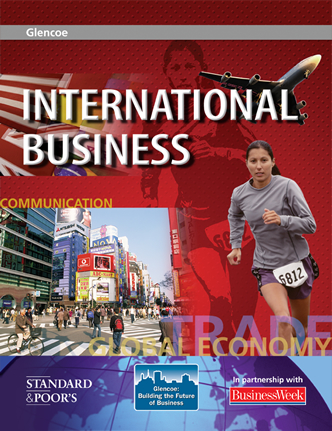
International BusinessChapter 7: Currency and Risk ManagementWorld Market Passport
The Environment Singapore is comprised of over 60 islands located in Southeast Asia. Known as the smallest country in that region, the main island sits at the entrance to the Strait of Malacca on the southern tip of the Malay Peninsula. Lying just 85 miles north of the equator, Singapore boasts a tropical rainforest climate with no distinct seasons—just a lot of rain, warm temperatures, and high humidity. While urbanization has taken over much of the rainforest, Singapore has a variety of parks and a 128-acre botanical garden. Within the Botanic Gardens is the National Orchid Garden, which has a collection of more than 3,000 species of orchids. History The name Singapore is derived from two Malay words: singa, meaning lion, and pura, meaning city. Its first records of existence are in Chinese texts dating back to the 3rd century. The main island has been a significant trading city throughout its existence. Between the 16th and 19th centuries, Singapore was part of the Sultanate of Johore, during which time it was set ablaze by Portuguese troops (1613) and made a crown colony by Britain (1867). As a trade center of the British Empire, Singapore attracted thousands of Chinese settlers—now 77 percent of the population. Independent since 1965, Singapore is Southeast Asia's financial hub and the world's busiest container port. Culture and People More than 3,000 multinational companies have offices on this tropical island, and its people enjoy the highest standard of living in all of Asia, 11th in the world. Malay is its official language, though English, Mandarin, and Tamil are also spoken. More than 90 percent of its 4.4 million residents live in housing estates constructed by a National Development Board, and nearly half uses public transportation on a daily basis. With few natural resources, Singapore's economy relies on exports of electronics and manufacturing primarily from its port. The nation's cuisine is celebrated, as is its retail shopping. Click to hear the music of Singapore.
|  |
















